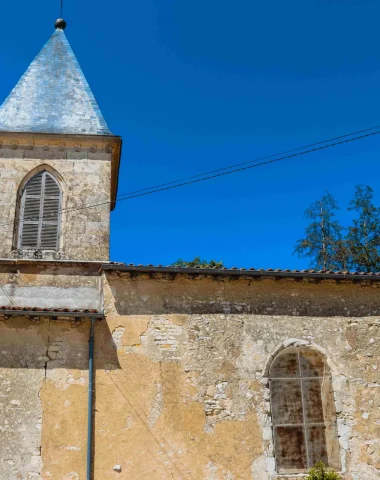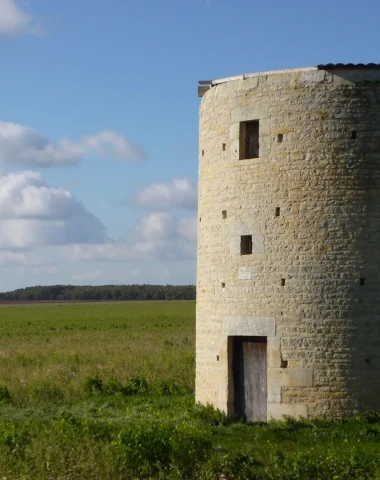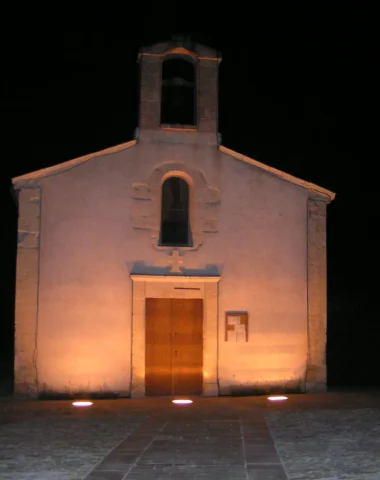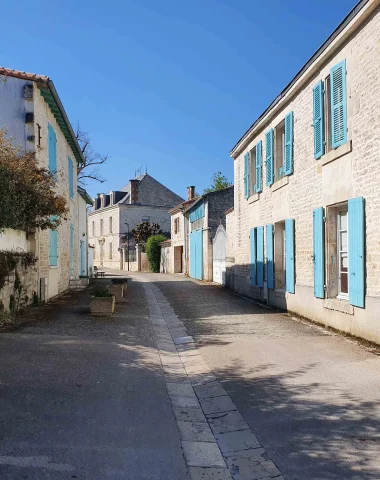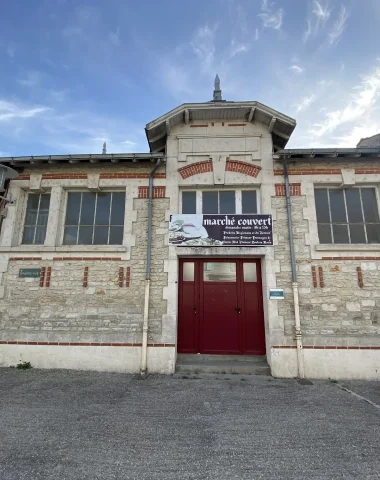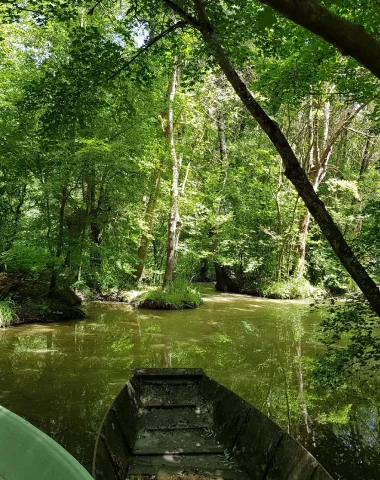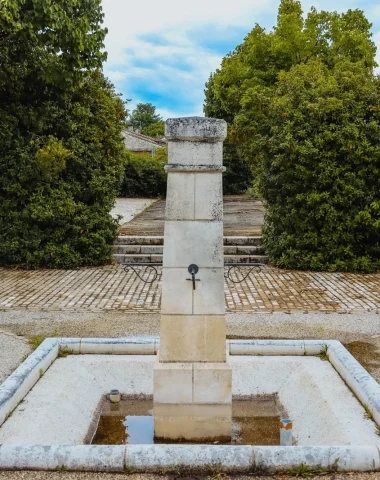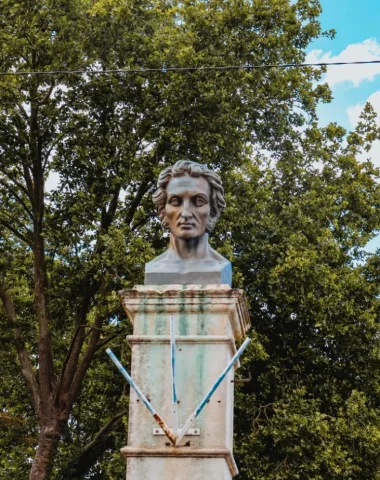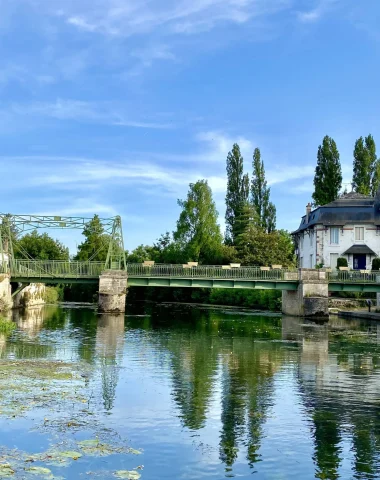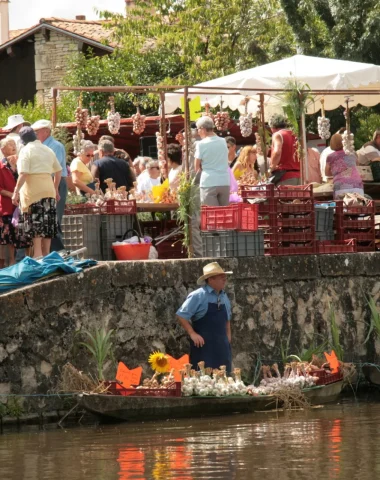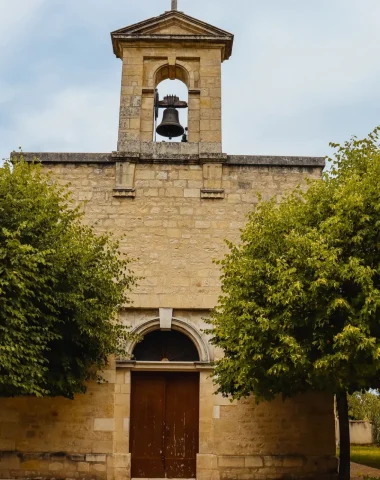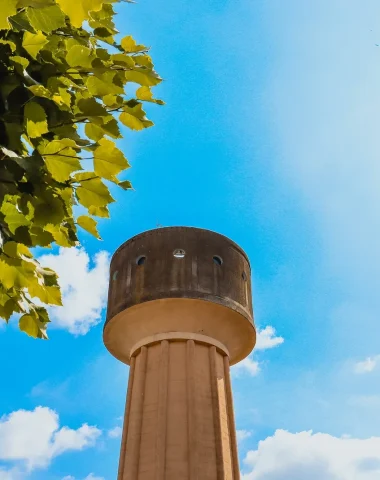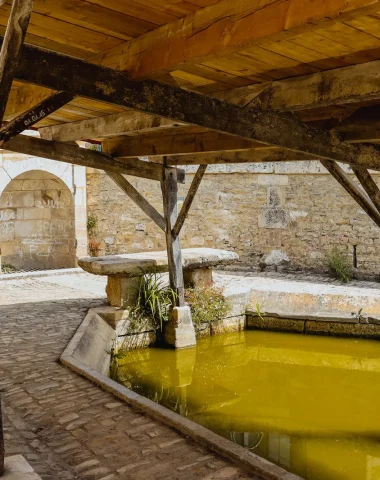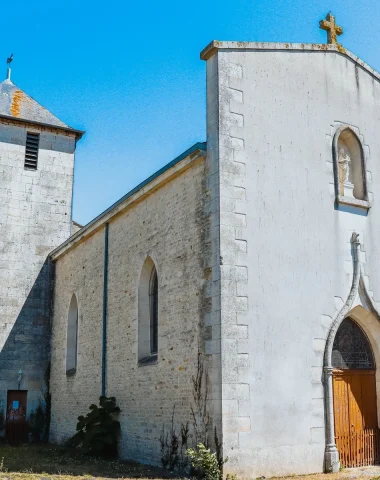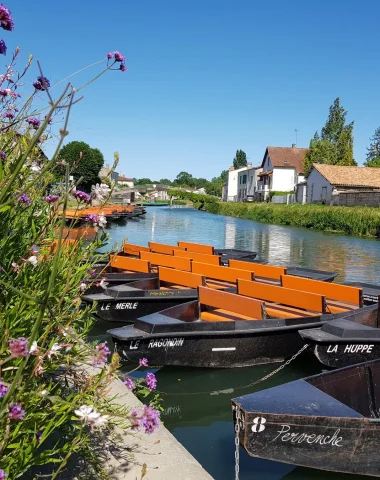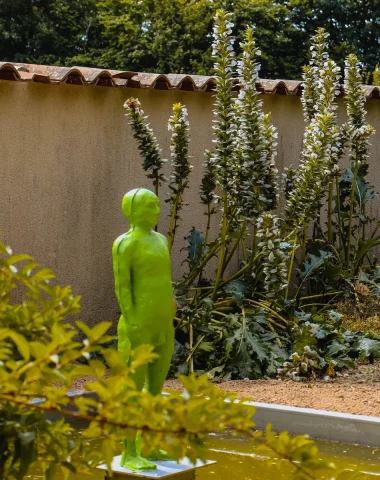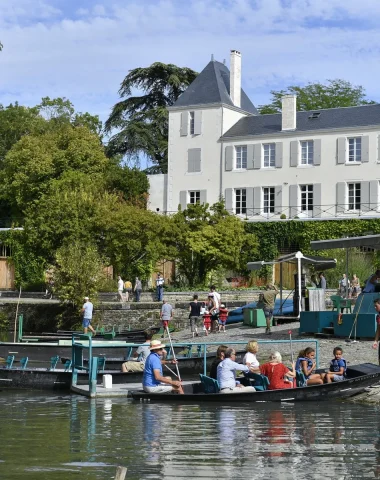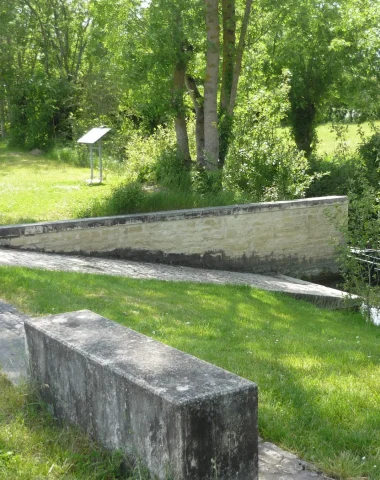L’une des communes la plus méridionale de la Communauté d’Agglomération de Niort, à la limite des Deux-Sèvres et de la Charente-Maritime, la moins étendue et peuplée du canton de Mauzé-sur-le-Mignon, Priaire(s), qui s’écrit avec ou sans s final, est citée pour la première fois en 1044 dans le cartulaire de l’abbaye de Saint-Jean-d’Angély et appartenait à l’Aunis en relevant de la généralité et de l’élection de La Rochelle, puis des Deux-Sèvres en 1790. Son terroir était autrefois dans l’une des zones d’appellation du Cognac. La vigne, cultivée sur une importante superficie, produisait une excellente eau-de-vie jusqu’à la crise du phylloxera de 1873 laissant progressivement la place aux laiteries coopératives et aux cultures de céréales. En 2019, le village fusionne avec Usseau et Thorigny-sur-le-Mignon pour former la commune nouvelle de Val-du-Mignon et en devient une commune déléguée dont le chef-lieu est Usseau. Empreinte de ruralité, elle accueille aujourd’hui la seule exploitation du département certifiée agriculture raisonnée et un producteur de tabac. C’est en prenant le temps de flâner le long de la Subite et de la Coudre qu’on découvre la richesse du patrimoine bâti fortement inspiré de l’architecture du département charentais voisin. Sa butte calcaire et chaude est aussi propice à l’épanouissement d’ une trentaine de variétés d’orchidées grandissant dans les bois et le long des bermes (chemins étroits ménagés entre un canal et une levée de terre) : Orchis bouc, Ophrys araignée, Ophrys bécasse, Orchis homme-pendu, Néottie nid-d’oiseau…
Que voir à Priaire(s) ?
01. L’église Notre-Dame
Dans une charte de juillet 1039, Guillaume 1er, seigneur de Parthenay (990-1054), invité par le pape Jean XIX à prendre sous sa protection l’abbaye de Saint-Jean-d’Angély, lui attribue la cour (curtis) de Priaire(s). Cette donation est à l’origine de la fondation du prieuré (aujourd’hui disparu). Jadis dépendant du diocèse de Saintes et de l’archiprêtré de Surgères, l’église est réunie à la paroisse d’Usseau en 1813. Elle remplace l’ancien sanctuaire dont les visites de 1688 et de 1718 soulignaient la pauvreté.
À voir : fonts baptismaux de 1629 et curieux clocher-mur en arc en accolade orné de crochets et sommé d’une croix.

